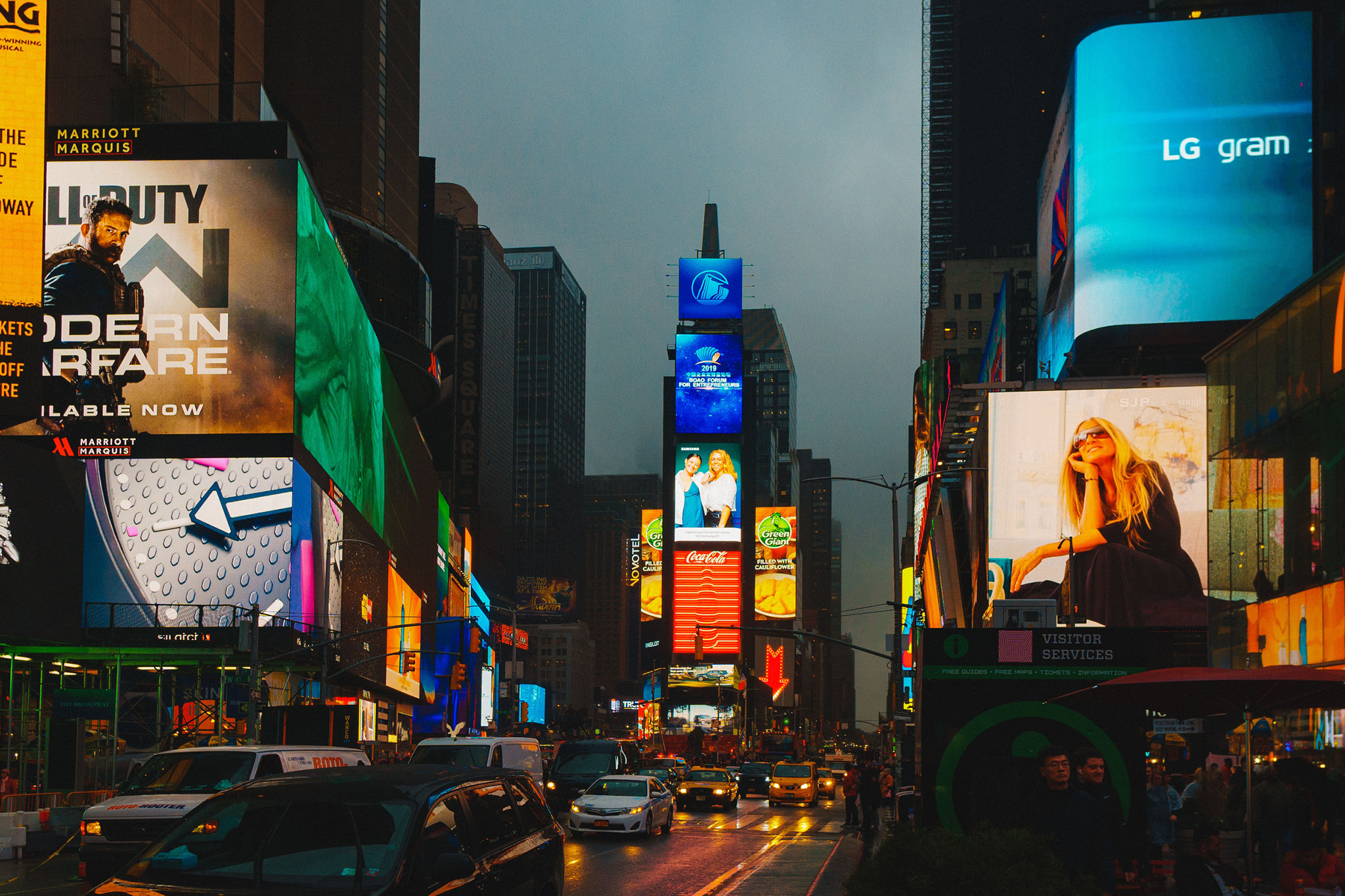Clarifying LED Display Panel Illumination Measurements to Peak Display Functionality
Clarifying LED Display Panel Illumination Measurements to Peak Display Functionality
Blog Article
Light Emitting Diode panel screens are increasingly popular in different environments, including residences and commercial spaces as well as communal areas. Such screens are known for their bright as well as dynamic visuals, that render these ideal for conveying information, advertisements, and entertainment. Nevertheless, understanding brightness illumination levels for Light Emitting Diode panel panels is essential for ensuring optimal display performance. Brightness is quantified in units called nits, which show the amount of light produced from a screen. The greater the quantity in candelas, the brighter a visual will be. For, instance, one screen boasting one thousand candelas is significantly brighter compared to a with five hundred candelas, rendering it better equipped in brightly lit settings.
As you choosing an LED wall panel, it becomes crucial in take into account the setting where which it will be used. For well-lit illumined spaces, such as shopping malls or outdoor settings, a higher brightness level becomes essential for guaranteeing clarity. On the other hand, within dimmer environments, like cinemas or conference rooms, lower diminished illumination rate might be adequate. This is because excessive bright excessive luminosity in a dim setting may result to discomfort for viewers, making it more difficult to concentrate with a screen. Thus, comprehending specific particular needs for an setup site can help with choosing a right brightness level for optimal viewing experience.
Another important factor to consider is the contrast ratio of the Light Emitting Diode panel screen. This ratio measurement indicates the disparity exists between the brightest white and the dark shade which a screen is able to create. An greater differential proportion indicates the display can the display can show more detail and richness, which enhances overall image quality. For instance, a panel with a differential proportion at 10,000:1 will display images featuring greater brilliant hues as well as sharper details compared to one with a ratio of one thousand to one. Such becomes especially crucial in instances where showing visuals and videos which demand high definition and detail, including presentations or promotional content.
Additionally, the technology mechanism behind Light Emitting Diode wall panels plays a essential part in their brightness as well as total efficiency. Different kinds of Light Emitting Diode technologies, such as OLED and LCD, possess distinct traits that affect the way luminosity is perceived. OLED screens often provide better contrast as well as darker like it blacks, which can improve a viewing experience within darker environments. Conversely, standard LED panels might prove to be more suitable for well-lit spaces because of the capacity to generate greater amounts in illumination. Understanding these technological differences will help consumers to making informed decisions according to specific individual requirements.
Finally, consistent care and adjustment for LED panel screens may help preserve ideal brightness and efficacy over time. Dirt as well as particles may accumulate in a screen, affecting the illumination and sharpness of a visual. Periodic cleaning as well as professional adjustment may guarantee that panel video wall integration services panel functions in its optimal, offering consistent image clarity. Additionally, some sophisticated LED panel screens come built-in built-in options that allow operators to modify brightness levels as well as color settings based on their wants. By taking such steps, operators will ensure that their Light Emitting Diode wall panels deliver the optimal display performance, no matter the setting in that these are used.